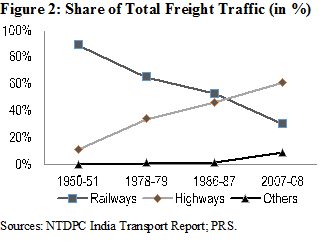7667766266
enquiry@shankarias.in
No other railway is a match:
Why a separate rail budget?
How Railways ministry was different from others?
Could the IR have avoided this fate?

Is a retrieval from this quagmire feasible?
Concluding remarks:
Category: Mains | GS – III | Economy
Source: The Hindu & the PRS Blog